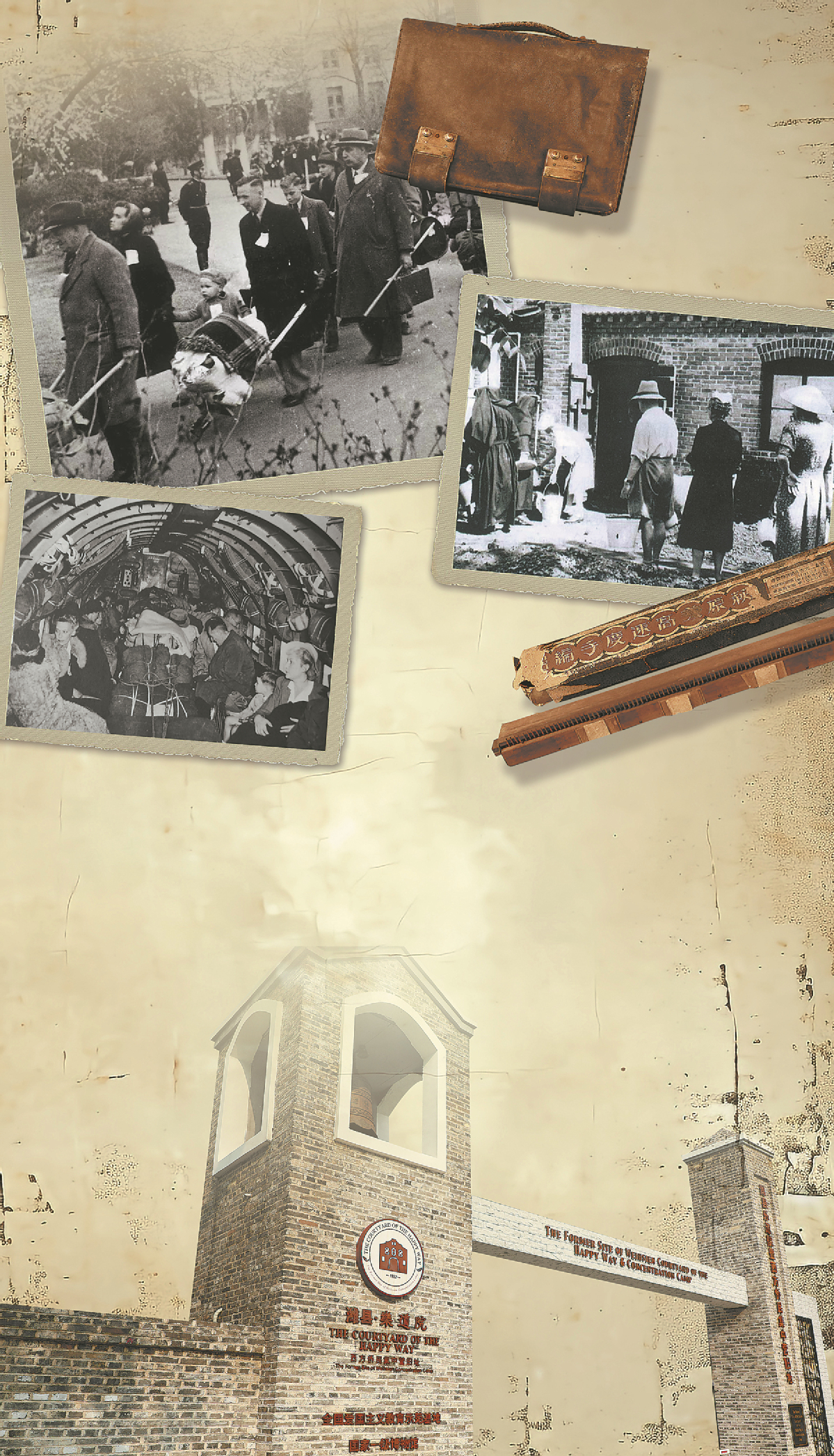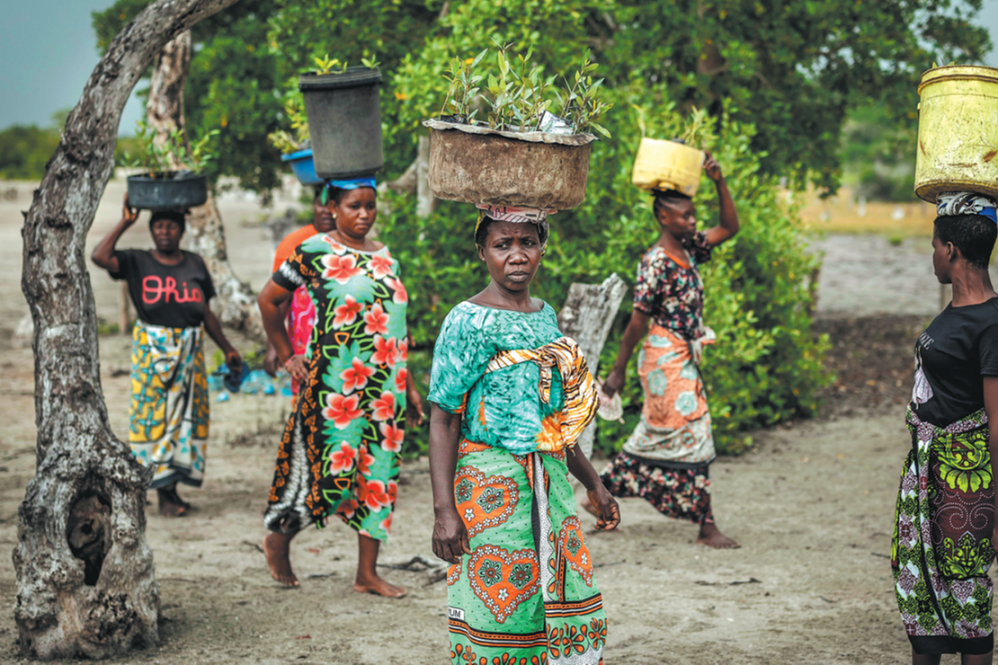History of WWII internment camp bonds Westerners, Chinese friends
Gratitude still strong for Weifang villagers' support for foreigners held by Japanese invaders






In a 140-year-old cross-shaped building in Weifang, Shandong province, two walls display nearly 50 golden handprints, each inscribed with an English name, and some also having a Chinese name.
Most of the handprints are those of people from Europe and North America. Some of them spent more than two years in what was the largest civilian internment camp established by Japanese invasion forces in the Far East during the Chinese People's War of Resistance against Japanese Aggression (1931-45) and World War II, an experience that profoundly changed their lives.
Although they now live in different parts of the world, they have left their names and handprints in China forever.
In the 1940s, a missionary compound was converted into the internment camp. During the final two years of World War II, over 2,000 Western civilians from 25 countries in Europe and North America endured difficult times in the camp.
Throughout this time, villagers who lived near the camp risked their lives to secretly deliver food, medicine and crucial intelligence to the civilians, aiding some escape efforts. In 1945, with the help of the local Chinese, these expatriates were successfully liberated by the United States military.
Today, the camp site has been developed into a large hospital, a school and a museum detailing the camp's history.
The camp was originally a mission compound founded by US missionaries in 1882, which served as a church, hospital and school in Weihsien, the former name for Weifang.
In 1943, the Japanese invaders turned it into an internment camp to detain over 2,000 Western civilians, including more than 300 children, who had been living in Beijing, Tianjin, Shandong and other places. The oldest was over 85, while some infants were born in the camp.





























